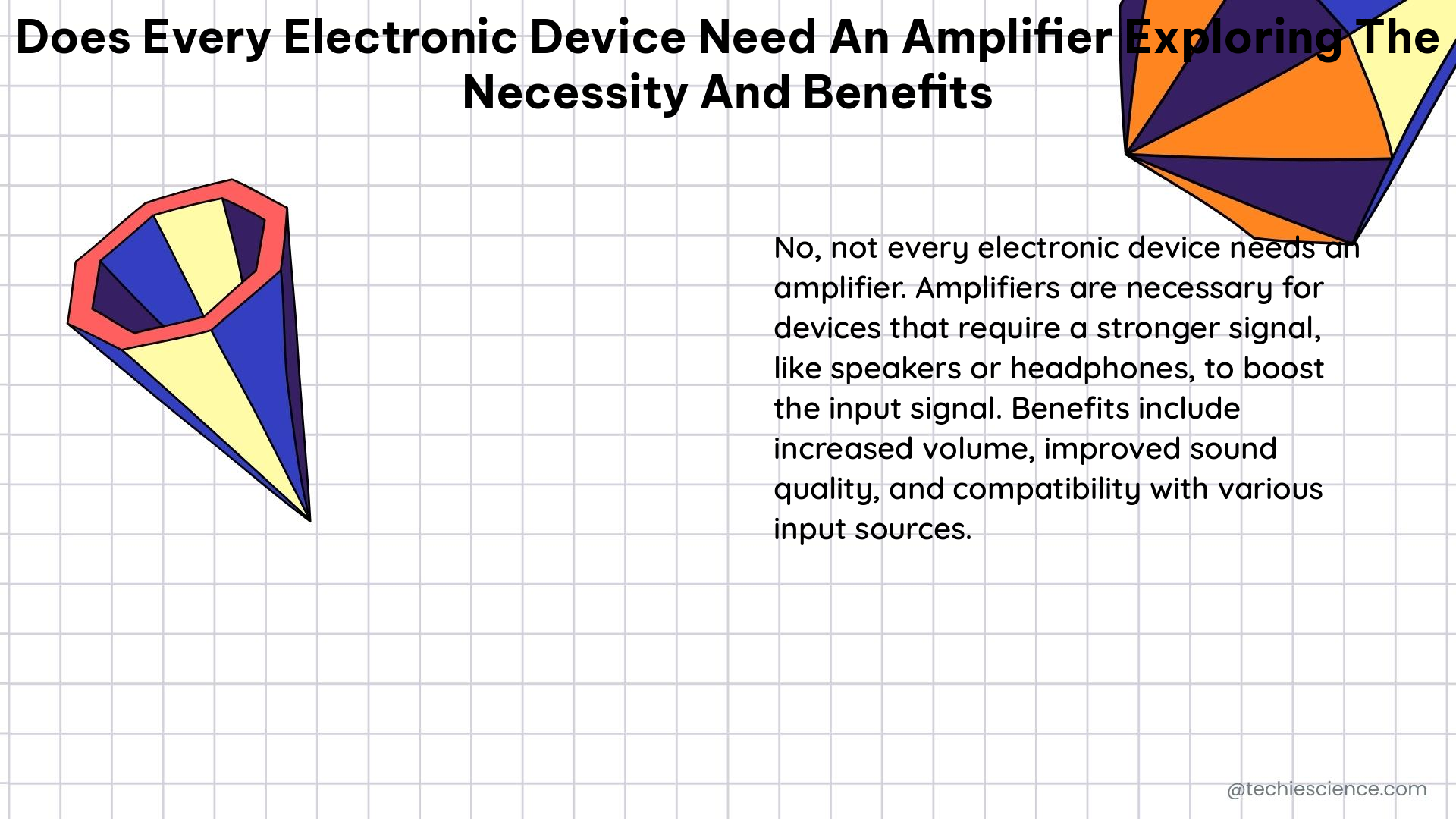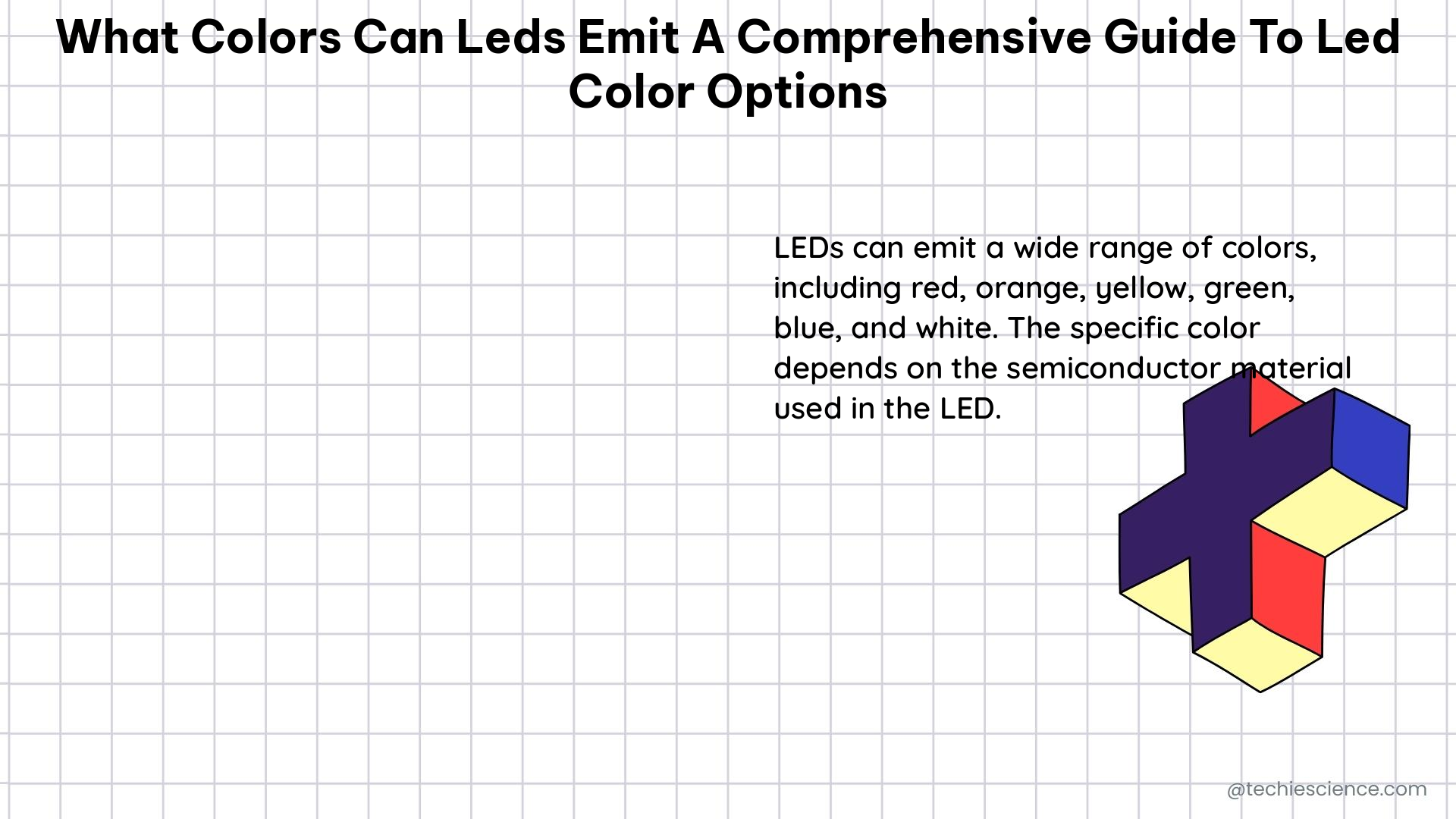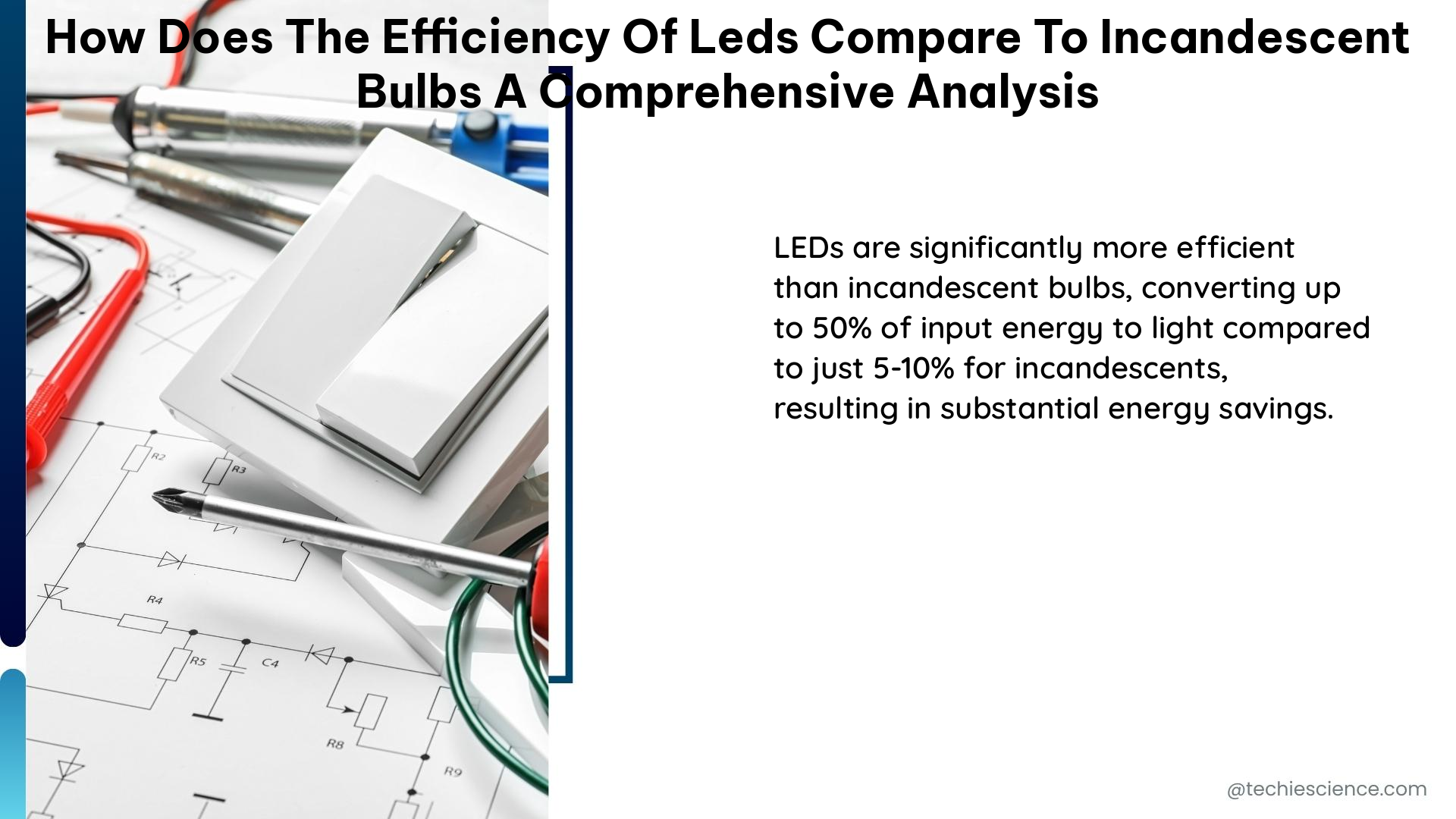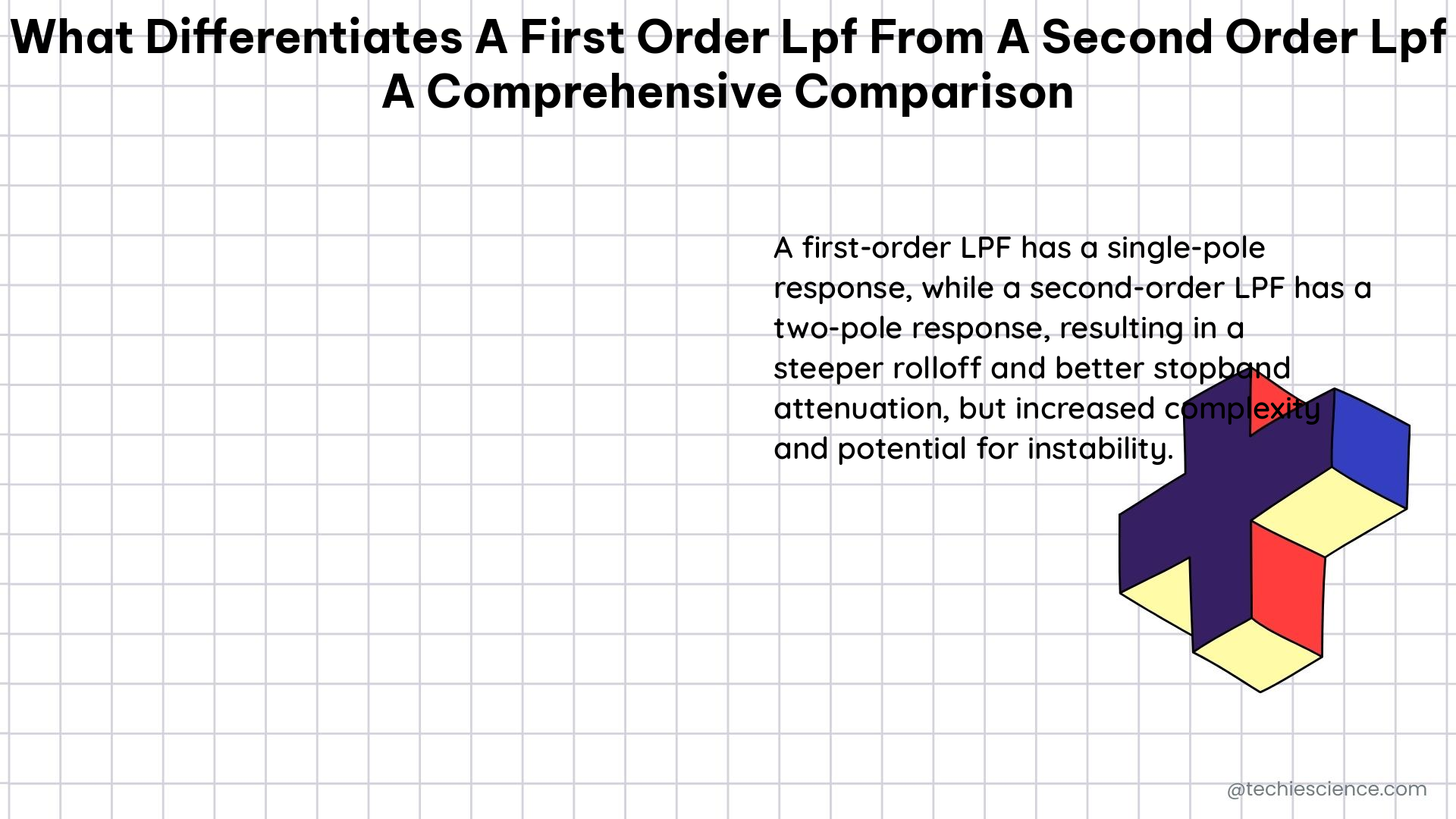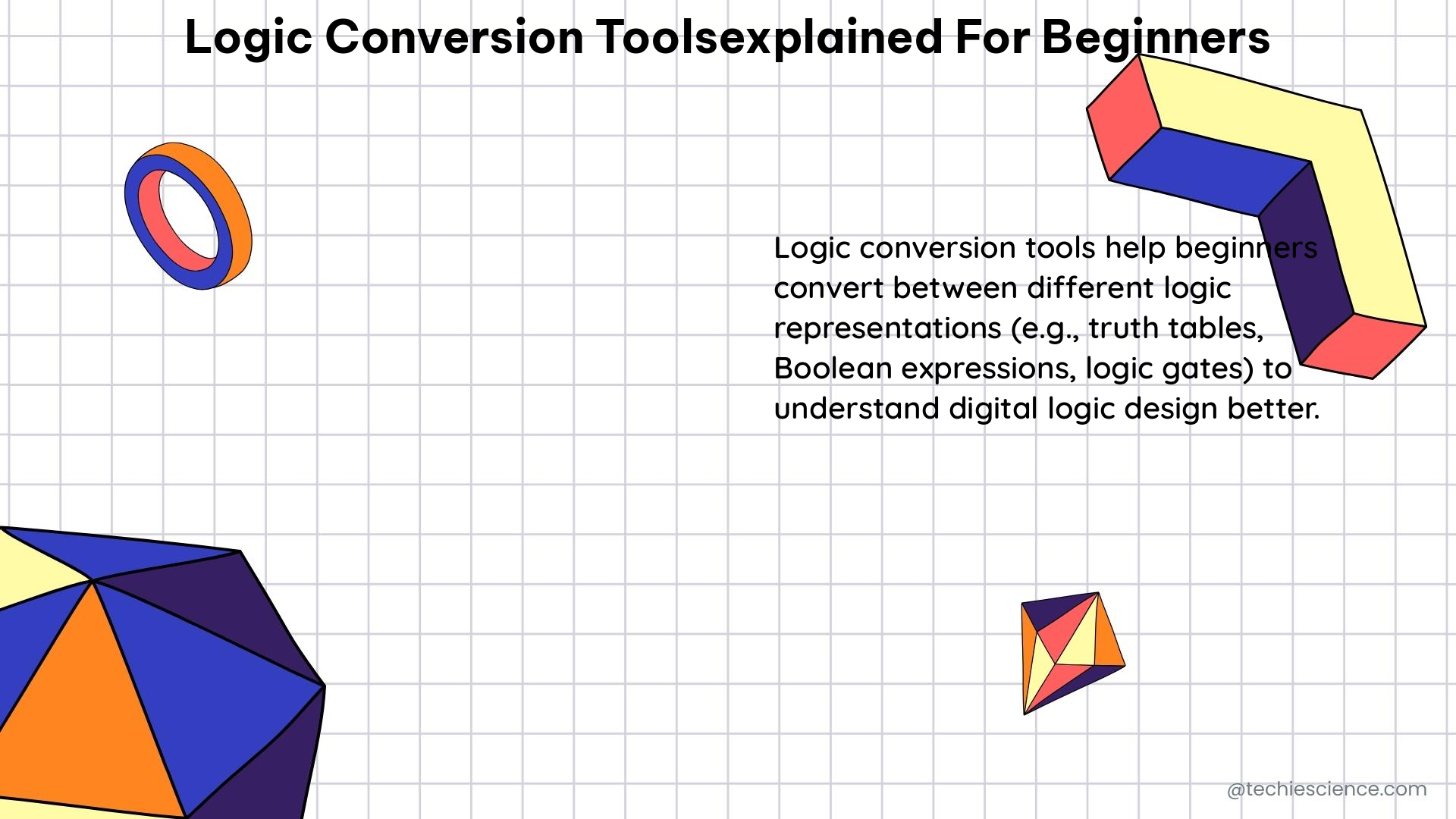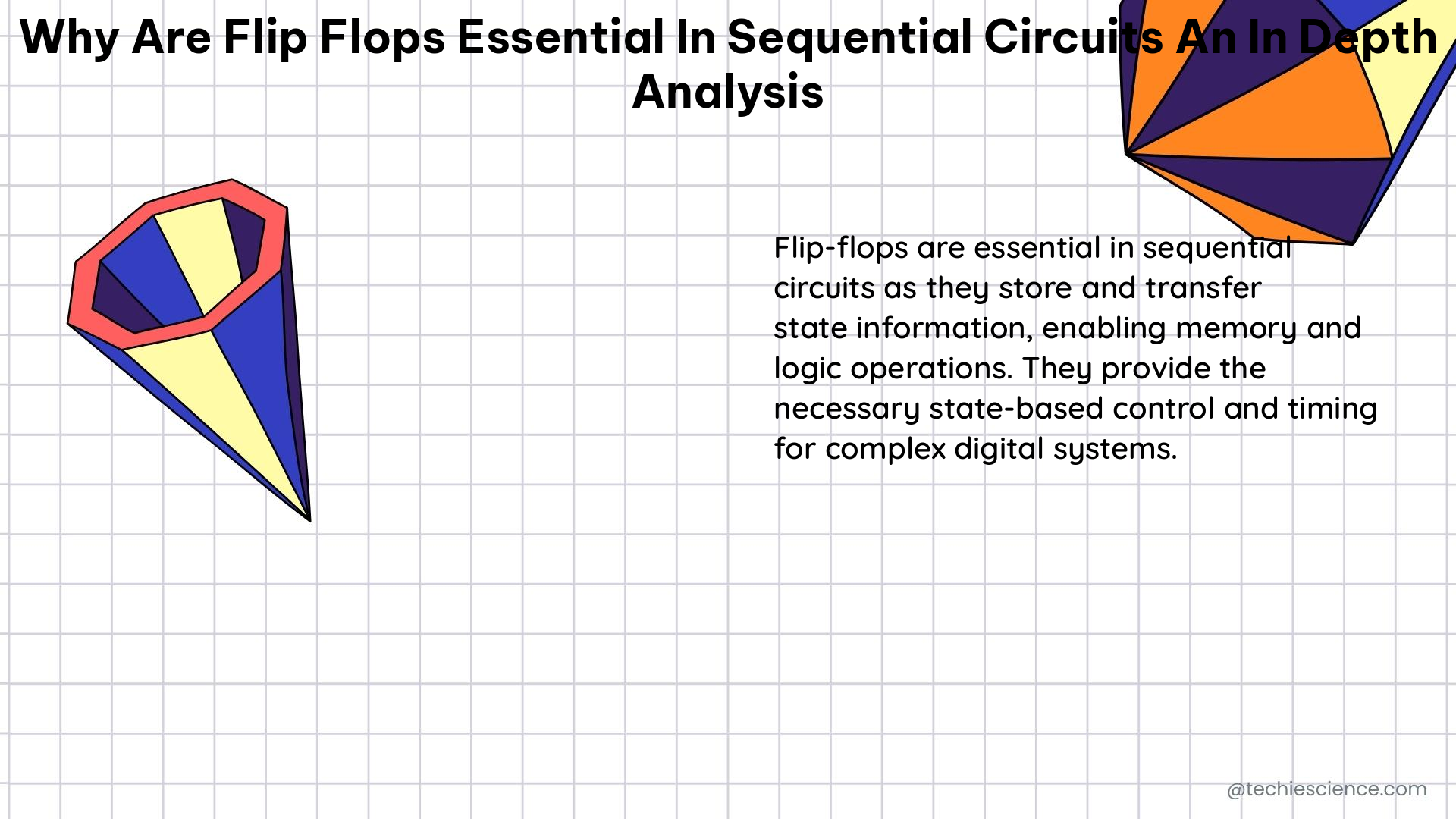Does Every Electronic Device Need an Amplifier? Exploring the Necessity and Benefits
Amplifiers are essential components in many electronic devices, playing a crucial role in signal processing and power management. While not every electronic device requires an amplifier, understanding the necessity and benefits of these devices is crucial for electronics students and professionals. This comprehensive guide delves into the technical specifications, classifications, and practical applications of amplifiers, … Read more
